Table of Contents
Nitrogen Cycle:
The cyclic process by which nitrogen element is circulated continuously through the living and non-living components of the biosphere (like atmosphere, soil, water, plants, and animals) is called the nitrogen cycle in nature.
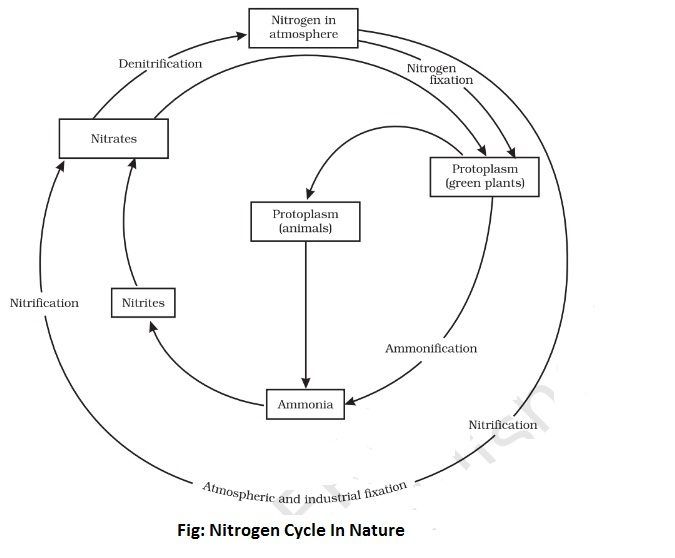
In simple words, the circulation of nitrogen in nature is called the nitrogen cycle. Nitrogen gas of the atmosphere is fixed to give nitrogen compounds like nitrates which go into soil and water. From the soil and water, these nitrogen compounds are absorbed by plants which convert them into plant proteins. Animals eat these plants as food and convert plant proteins into animal proteins. Decay (or decomposition) of dead plants and animals produces ammonia. Ammonia is oxidized to nitrites and finally to nitrates which go into the soil and water. Some of these nitrates are decomposed to form nitrogen gas which goes back into the atmosphere and the cycle is completed. The rest of nitrates in soil and water are again absorbed by plants and the cycle is repeated.
Nitrogen Cycle involves five main steps:
- Nitrogen Fixation.
- Nitrogen Assimilation.
- Ammonification.
- Nitrification.
- Denitrification.
Nitrogen Fixation:
It is the process through which nitrogen from the non-living world is introduced into the living system. It occurs through the following processes-
Electro-chemical and photo-chemical processes:
These take place by means of lightning flashes in the atmosphere. Lighting oxidizes nitrogen to oxides. Rain dissolves these oxides and brings them down to the earth’s surface. About 5-10 % nitrogen is fixed by lightning in the atmosphere.
Industrial Fixation of Nitrogen:
Huge amounts of nitrogen are fixed in industries for producing nitrogenous fertilizers such as ammonium nitrate and urea.
Biological Fixation of Nitrogen:
Many soil and water bacteria, blue-green algae, and some other microbes fix free nitrogen of the soil into compounds that are used by plants in making food. Such nitrogen-fixing organisms are of two types-
- Free-living bacteria– These include aerobic and anaerobic bacteria, blue-green algae, and certain other microbes. These oxidize nitrogen to nitrates to be used by plants.
- Symbiotic bacteria (Rhizobium)- These bacteria live in the roots of leguminous plants like pea, groundnut, gram, etc. The symbiotic bacteria enter the roots of these plants from the soil through the root hairs to form a knot-like structure called root nodules. A part of the soluble nitrogen compounds formed by bacteria is partially used in making proteins by the plants. After the legume crop is harvested, these bacterial nodules remain in the soil and enrich it with nitrates.
Nitrogen Assimilation:
Nitrates are the source of nitrogen for assimilation by the green plants. In the cells of green plants, nitrates are reduced to form amino acids. Animals get their supply of nitrogen in the form of plant or animal proteins through food chains. Animals digest these proteins into amino acids which serve as building blocks for their own proteins and nucleic acids.
Ammonification:
The dead organic remains of plants and animals and excreta of animals are acted upon by a number of microorganisms, especially actinomycetes and bacilli, such as Bacillus ramosus, B.vulgaris, etc. These organisms utilize organic compounds in their metabolism and release ammonia. This process is called ammonification. After meeting their own metabolic requirement, these microbes release the excess ammonia in the soil.
Nitrification:
Ammonia thus formed is converted into nitrites and then into nitrates by the action of nitrifying bacteria. The nitrifying bacteria have actually two components- Nitrosomonas and Nitrobacter. Nitrosomonas bacteria oxidize ammonia to nitrites (NO2–), and the Nitrobacter bacteria further oxidize nitrites (NO2–) into nitrates (NO3–). The two-step process is called nitrification. The nitrates formed by the oxidation of ammonia go into the soil. These nitrates are again absorbed by the plants and this cycle is repeated.
Denitrification:
Free-living denitrifying bacteria such as Pseudomonas reduce nitrates ions of the soil into gaseous nitrogen which returns to the atmosphere and the nitrogen cycle is repeated again and again.
- What is Carbon Cycle? Process of Carbon Cycle
- Tissues [Plant and Animal Tissues]
- Difference between DNA and RNA
- DNA Fingerprinting
- Human Genome Project
- What is Adaptive Radiation?
- Natural Resources
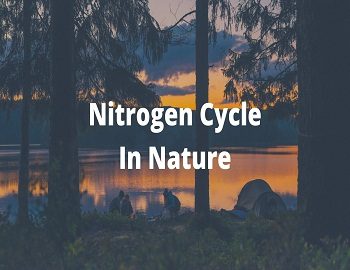

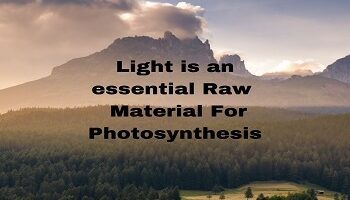
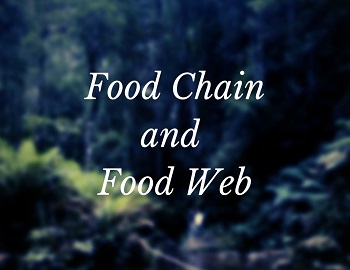
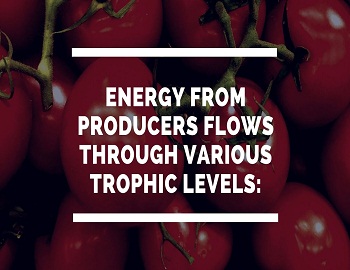
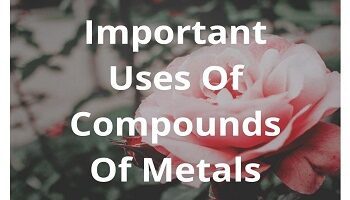

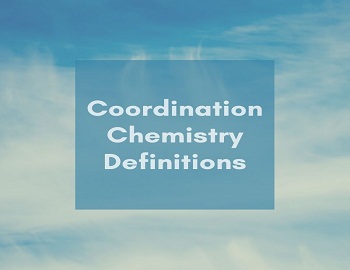

Comments (No)